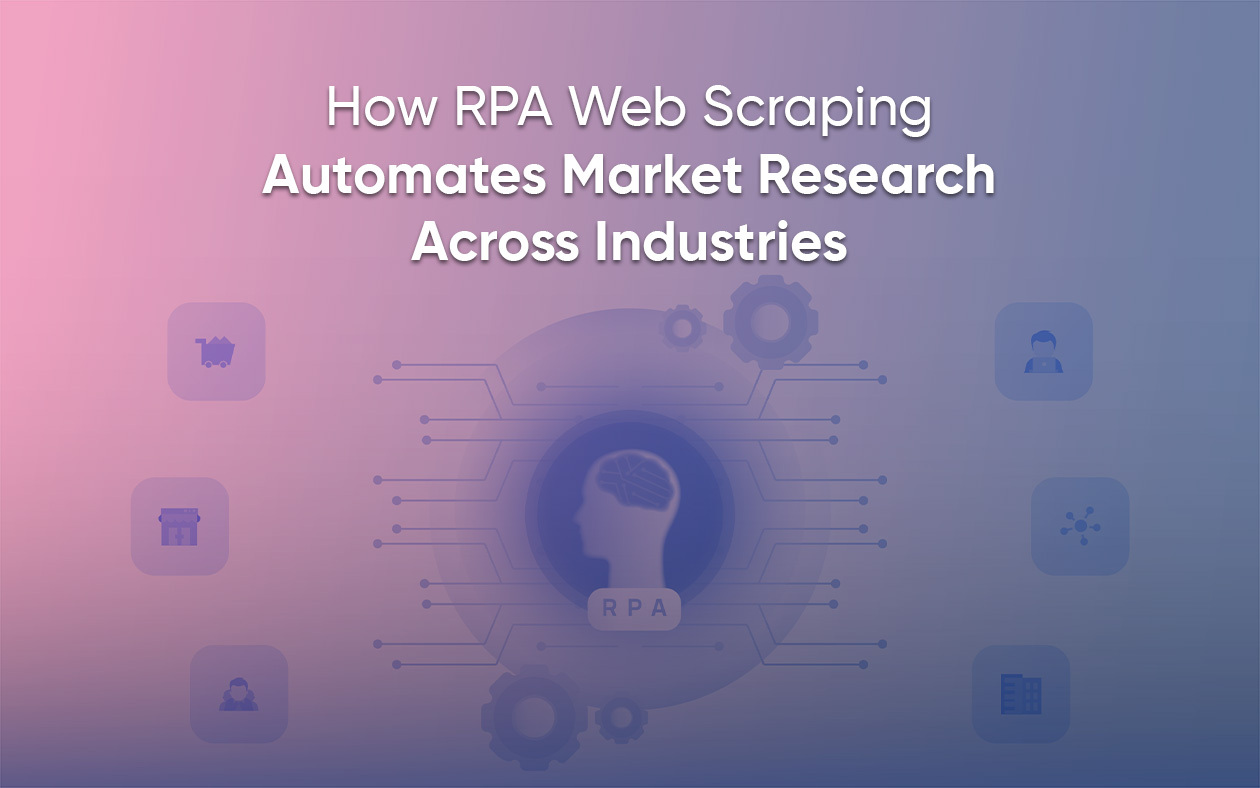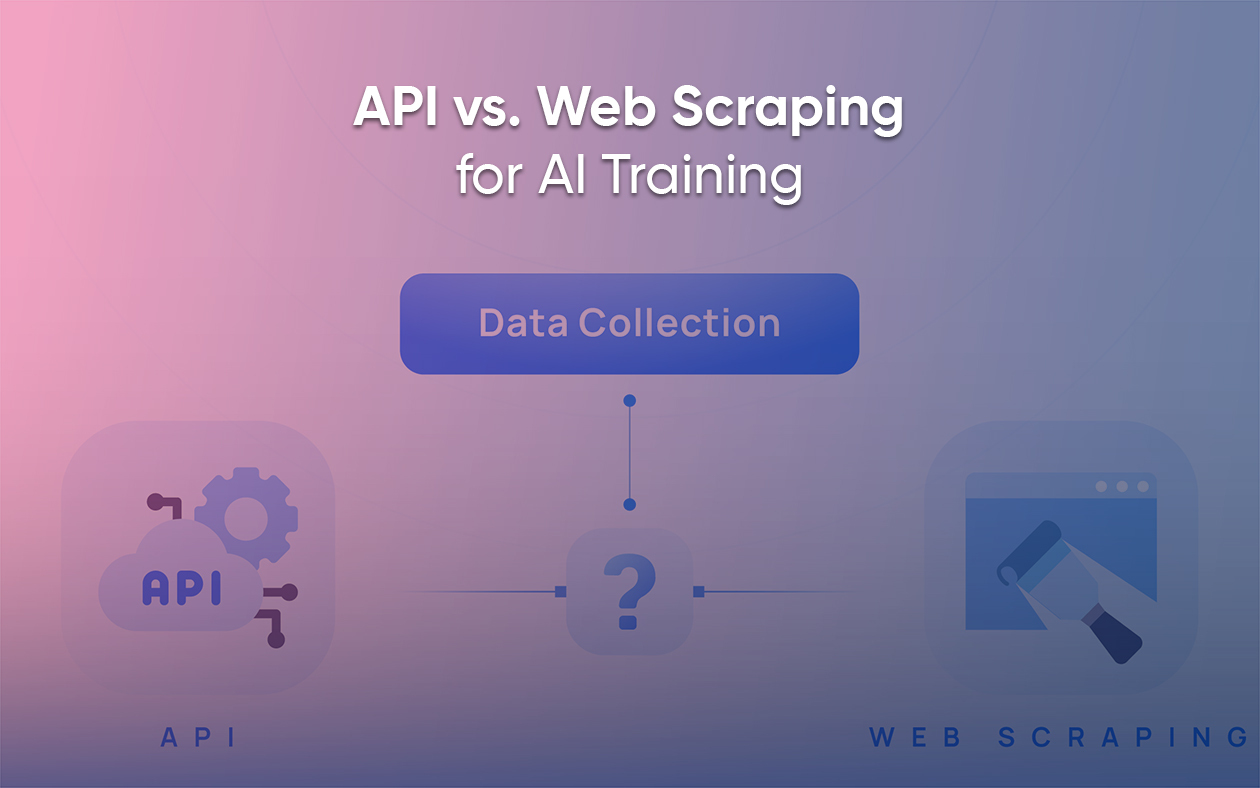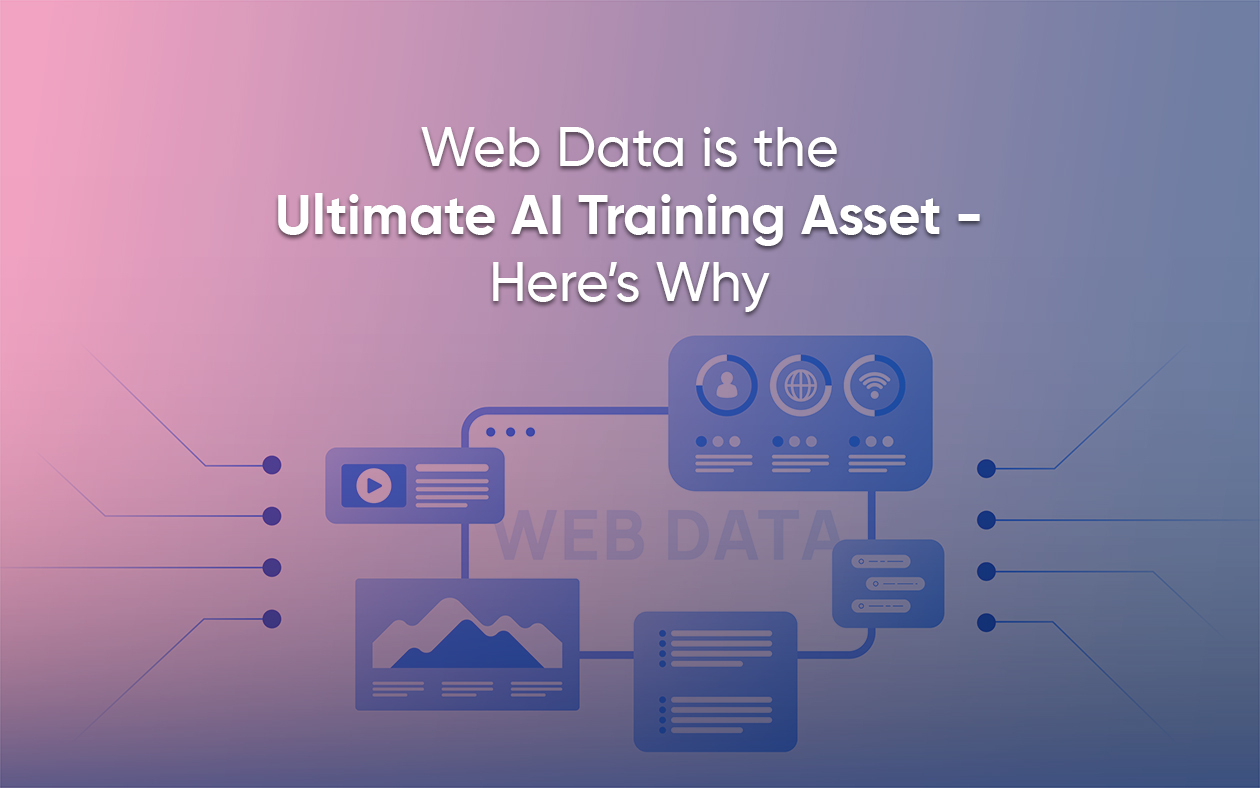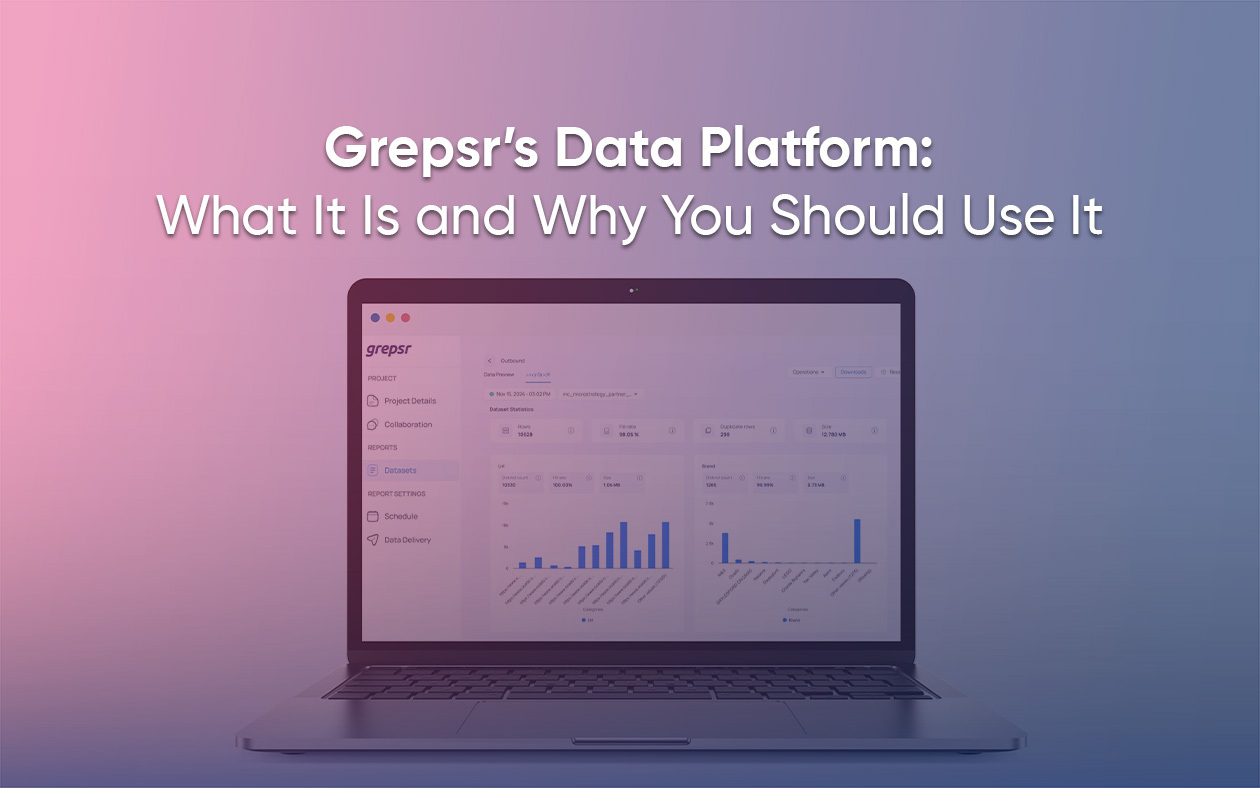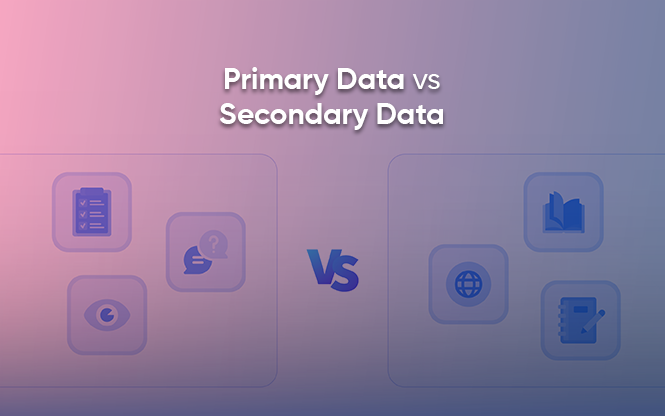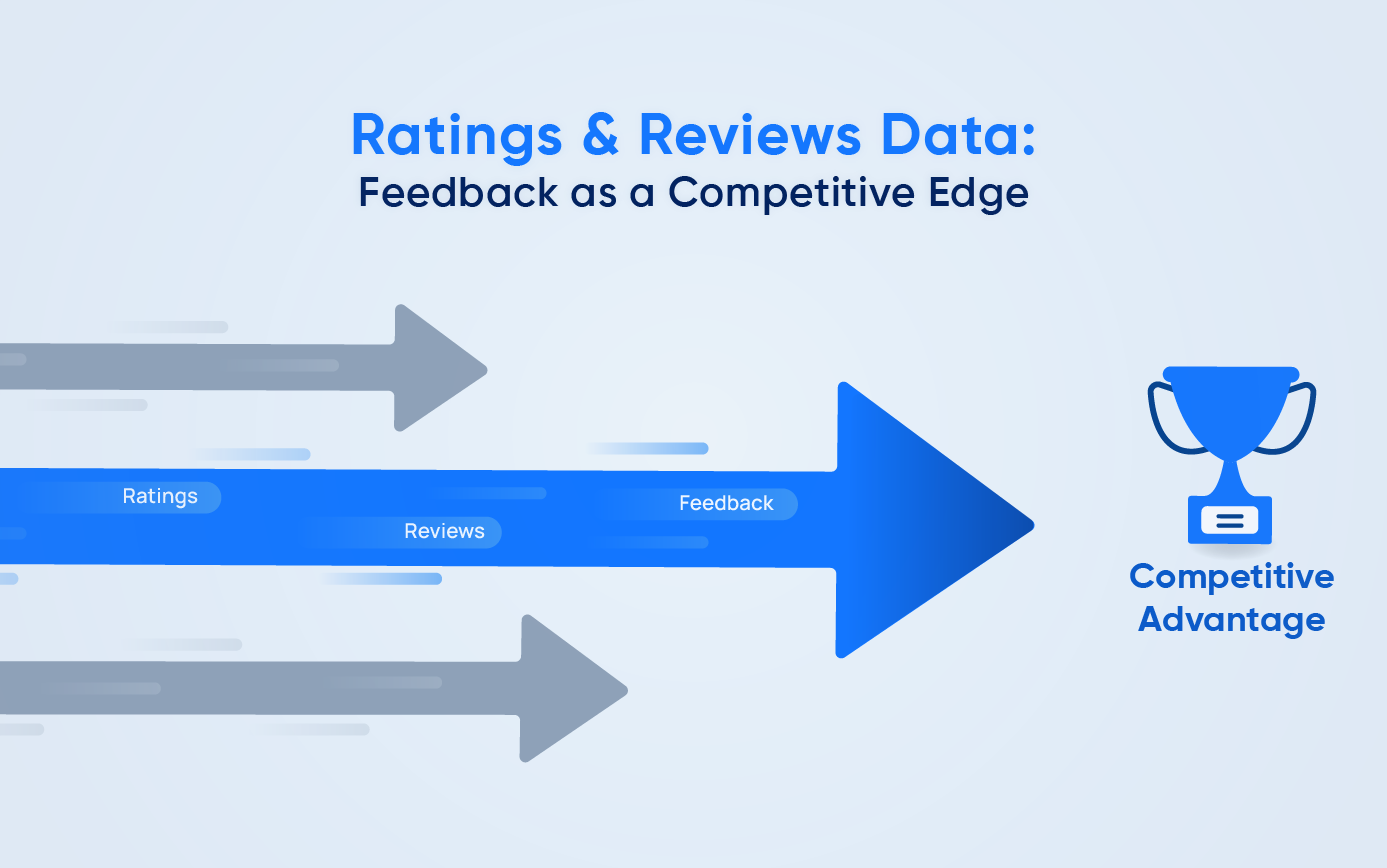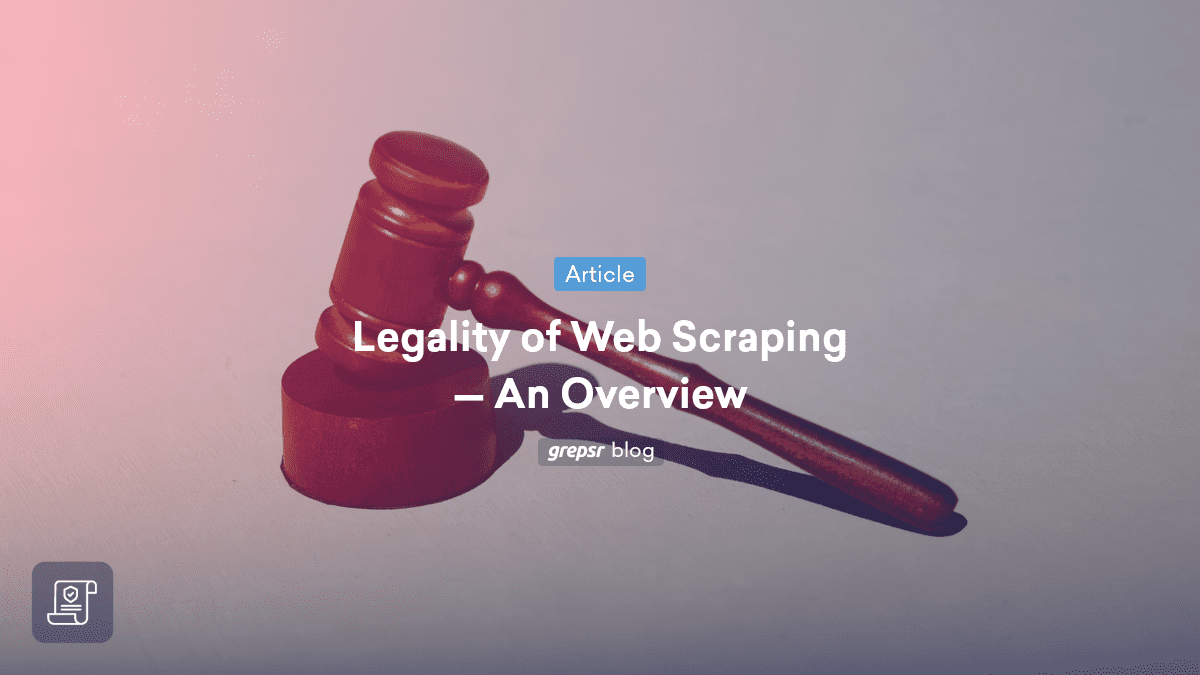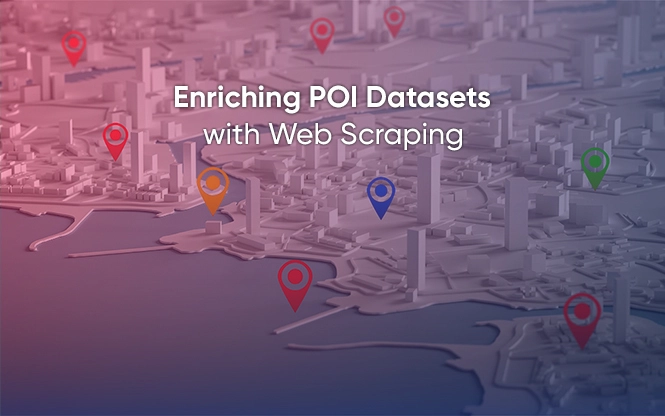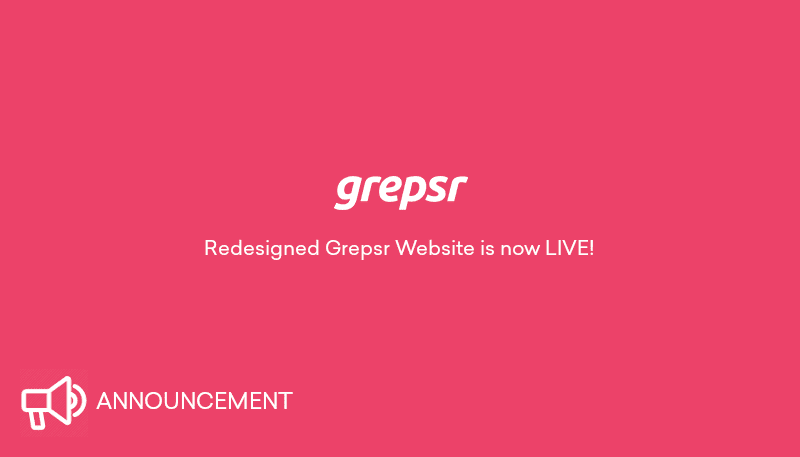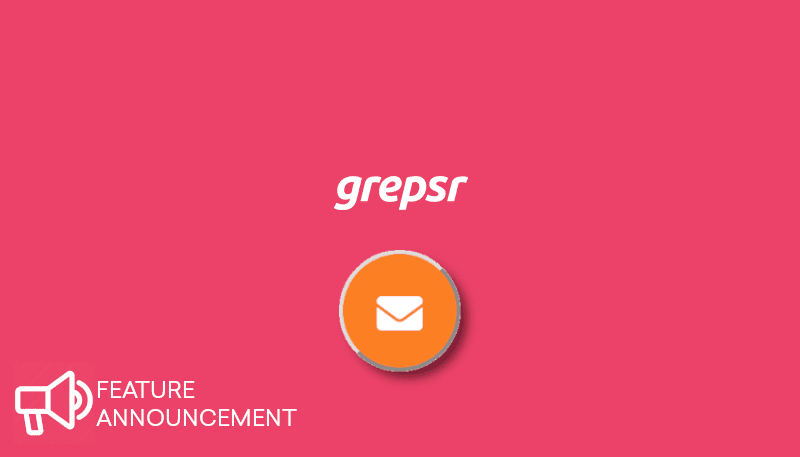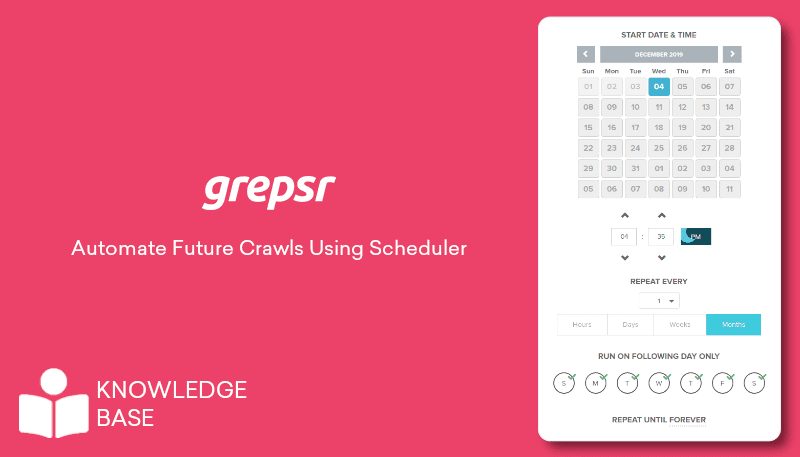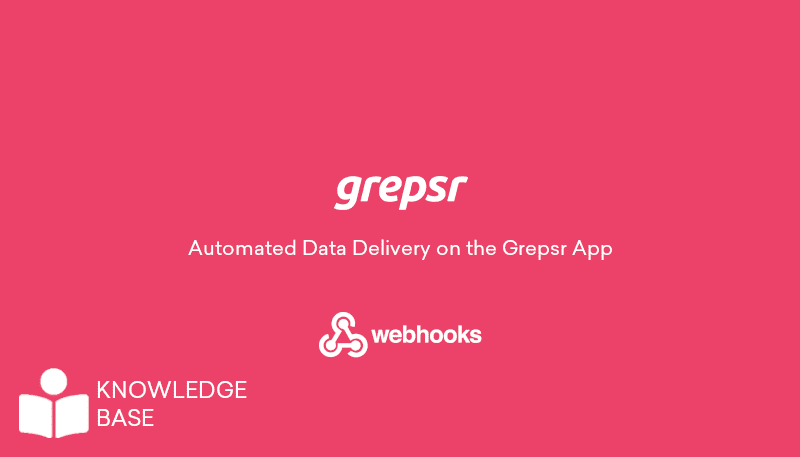A study by HubSpot marketing shows that those businesses who publish blogs get 55% more website visitors, 77% more inbound links, and 434% more indexed pages than those who don’t.

The ultimate goal of any business is to continually increase its lead conversion rate. Content is essentially what leads the organization to bring more leads to the business and convert them to a recurring customer– to a large extent.
Imagine you are a salesperson who has to approach every potential buyer to test your product or service. Content marketing is exactly that but without the need to constantly approach individuals and it gets better– they come to you with requests all on their own.
Blogging is the part of marketing that acts as a way to reach current and potential customers and give them a reason to keep coming back to your website.
Not only is it important to drive website traffic but also to enhance SEO, SERP ranking, and build backlinks. Eventually, regular business blog posts assemble a community around your brand image.
Now this blog will elaborate on how you can leverage data via “Blog Posts Scraping” to gain actionable insights for your business.
What is Web Scraping?
Web scraping is the process of extracting data from multiple data points from a web page. You can either do it manually or automate it using programming codes. Additionally, there are various web scraping tools and web scraping service providers as well to ease the task for you.

Web scraping using Python is the most popular way for data extraction.
Here is a simple guide:
The first step is choosing the website you want to scrape.
Then, you need to inspect the website structure and assess all elements to use in the code.
Now, there are multiple web scraping libraries in Python.
So, a request is made for an HTTP request to get access into the webpage using Python.
Consecutively, BeautifulSoup is employed to parse the HTML code. After you extract the required data from the source, the information is stored in a pandas data frame.
Also, a certain time gap is added to place a delay between requests to avoid suspicions and overwhelming the website.
Finally, after verifying the data with a QA test, a CSV, XLs, or JSON file of extracted data is there for you to uncover actionable insights.
This can be done for many purposes such as competitive analysis, customer sentiment analysis, price monitoring, SEO keywords, and more.
Thus, web scraping is essential to lead your business via data-driven decisions.
Scrape Blog Posts
Scraping blog posts from the web is necessary for a business to analyze their performance and ascertain their presence in the industry. As stated above, you can use the steps of web scraping using Python to scrape blog posts as well.
Similarly, for a blog post, you should select the data points of the page to customize your script and extract data from only the required elements. This is obviously a time-consuming process and the results yielded from this aren’t completely trustworthy. Also, the remaining chunk for analysis and deriving insights from stored data is still on the line.
Thus, to speed up the process while you obtain actionable data seamlessly, opt for an external data partner.
A web scraping service provider like Grepsr is a credible data solution company that scrapes publicly available information responsibly and guarantees top quality of the delivered data.
We can effortlessly meet your data requirements and scrape blog posts for your large-scale blog posts scraping campaigns.
Therefore, leave your data needs to us and focus on developing business growth strategies with data-driven insights.

Benefits of Scraping Blog Posts
Scraping blog posts offers endless opportunities to boost and guide the marketing decisions of a business. By scraping blogs you are sure to gain a wider perspective on market research. You can evaluate the presence of your brand or business among the target audience.
You should scrape blogs to identify emerging trends in the relevant industry, competitive SEO keywords, and other forms of content curation.

Competitive Analysis
By scraping blogs, you can analyze what the competitors are up to. You can gather insights from their strategies by scraping the content of their blogs.
Suppose, one of the industry leaders publishes a blog stating their business challenges and accomplishments of the year. Once you extract insights from this blog post, it is guaranteed that you can acquire an in-depth understanding of industry trends, challenges, and opportunities.
Thus, benchmark and refine your data-driven strategies to evolve significantly by leveraging data from competitive analysis.
Market Trend
It is a well-known fact that every business has to be customer-oriented to enrich its reputation along with profits.
Scraping blog posts is peerless in terms of analyzing customer preferences and sentiments. Blogs that feature customer testimonials, reviews, and feedback offer value in the level of customer satisfaction. Now you can identify areas where you can excel when your competitors fall short. Thus, you can use the data from market research to propel your business by scraping blog posts.
Content Optimization
We know that a blog is filled with rich content. By scraping blog posts, you can curate relevant content for your target audience.
The data extracted from various sources have multiple thought leadership content and expert opinions. You can leverage it to produce many forms of interactive content like infographics and videos rather than just articles.
In addition, you can obtain competitive keywords to optimize your content for search engines. This way you can guide your content strategy that is backed by data.
Brand Monitoring
The main essence of a blog post is to grab the opportunity to educate and engage readers with your expertise and a solution to the problems they face.
When you offer solutions to the common problems people usually deal with, the chances of people coming back to your website are positive.
This way, brand value, and recognition also gradually advance. You can analyze how your brand is perceived in the market and assess the sentiments of mentions related to your brand.
Scrutinizing information regarding the opinions of your customers, and the reach and impact of your brand, are vital in measuring brand awareness.
Thus, by scraping a blog post that mentions your brand, you can avail data to evaluate the comprehensive view of your brand online.
Social Media Monitoring
Monitoring blogs gives you a broader perspective on how your business is recognized in the online realm.
You can analyze in-depth discussions related to the industry trends that aren’t as prevalent on social media to develop a more all-round digital marketing strategy.
Gain a nuanced understanding of customer preferences, market competition, and relevant topics to boost your brand’s data-driven decision-making.
Thus, data from blog post scraping is essential for effective social media monitoring and marketing.
End Note
Blogging is a key component of content marketing, acting as a powerful tool to attract and retain customers, foster brand awareness, and steer website traffic.
Yet, the true potential lies in harnessing data from blog posts through web scraping. But before that, you need to go through the steps of website selection, structure inspection, coding-based data extraction, and storage in a framework. While using Python for web scraping is effective, it can be time-consuming.
Opt for an external data partner like Grepsr that provides reliable solutions, ensuring efficient blog post scraping for actionable insights.
As a reputed holistic data solution provider, we vouch for the accuracy and top-notch quality of the extracted data. Embark on your mission of leading your industry through data-driven decisions today!






















